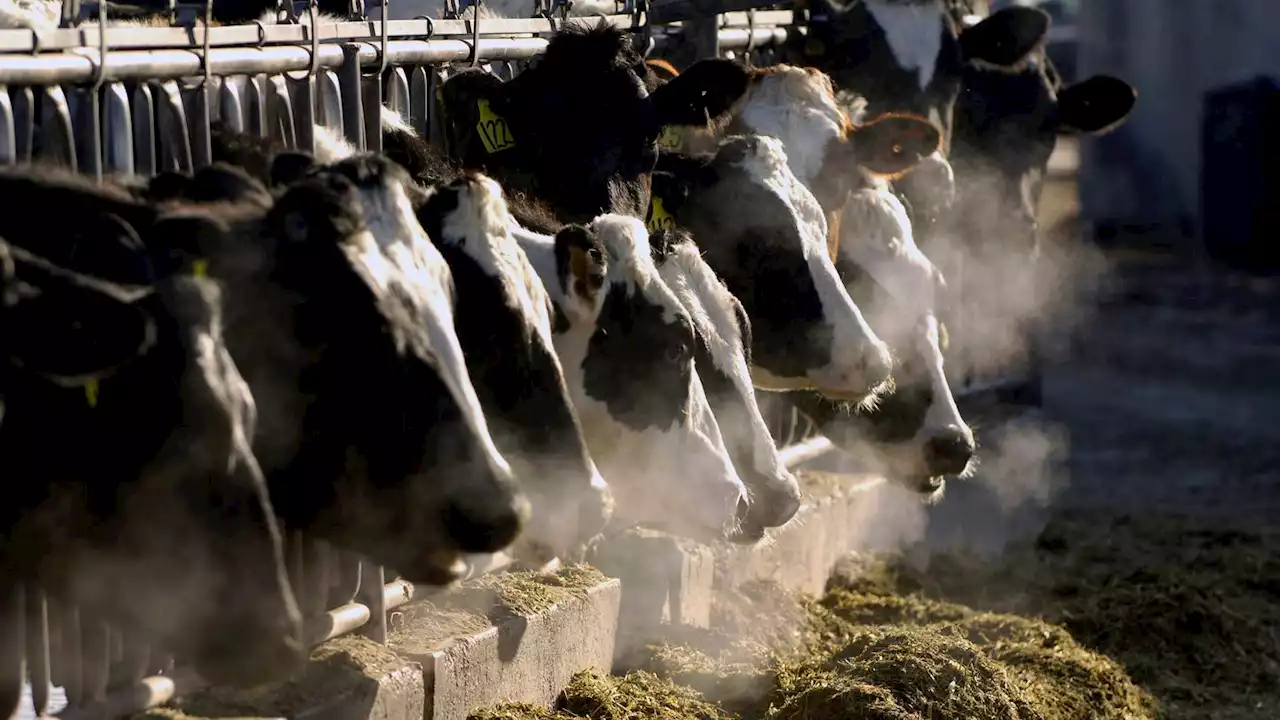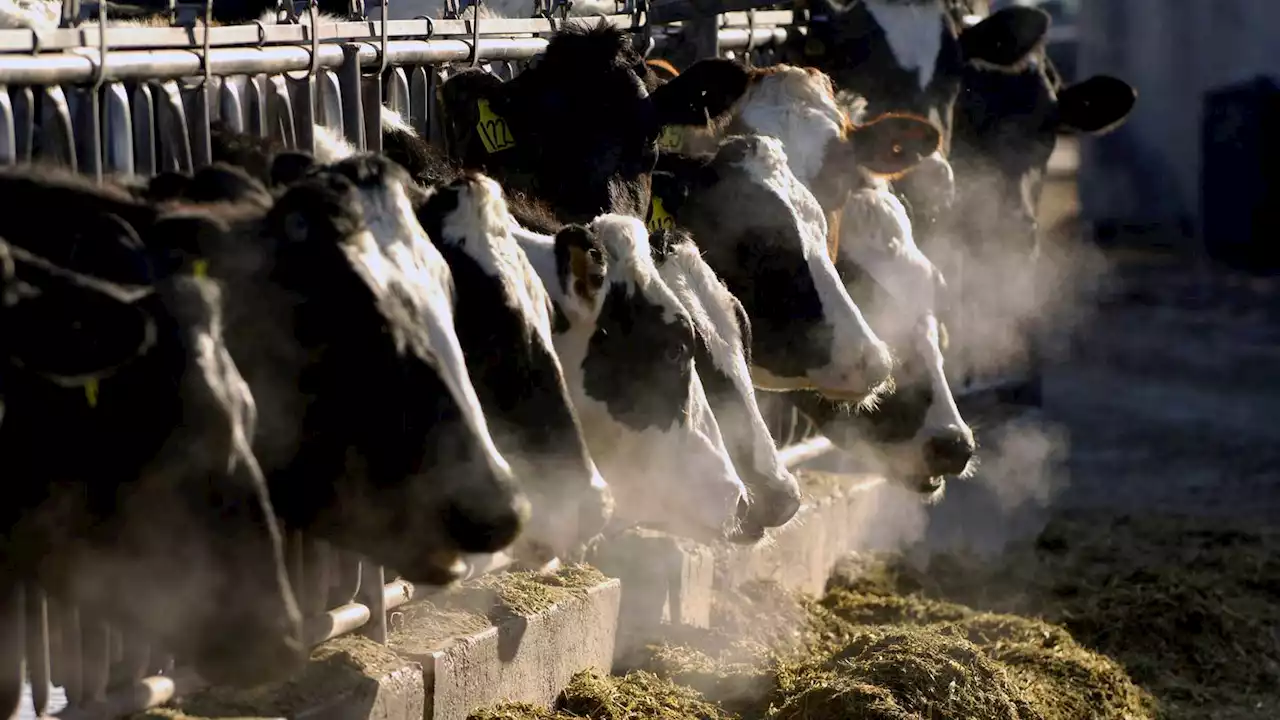Greenhouse gas emissions from the way humans produce and consume food could add nearly 1 degree of warming to the Earth's climate by 2100, according to a new study.
Continuing the dietary patterns of today will push the planet past the 1.5 degrees Celsius limit of warming sought under the Paris climate agreement to avoid the worst effects of climate change, according to the study published Monday in Nature Climate Change, and will approach the agreement's limit of 2 degrees Celsius .
People are also reading… "I think the biggest takeaway that I would want to have is the fact that methane emissions are really dominating the future warming associated with the food sector," said Catherine C. Ivanovich, a climate scientist at Columbia University and the study's lead author. Stanford University climate scientist Chris Field, who wasn't involved in the study, said it used well-established methods and datasets"to produce a novel, sobering conclusion."
Many of these changes are already being called for or adopted. U.S. President Joe Biden touted the climate benefits of planting cover crops that can draw down carbon from the atmosphere in an April 2021 address to Congress. Multiple recent studies and reports have recommended eating less meat in order to reduce greenhouse gas creation by animals raised for consumption. And California started a mandatory food waste recycling program in 2021 to reduce the emissions created by decaying food.
United States Latest News, United States Headlines
Similar News:You can also read news stories similar to this one that we have collected from other news sources.
 Food consumption may add nearly 1 degree of warming by 2100Greenhouse gas emissions from the way humans consume food could add nearly 1 degree of warming to Earth’s climate by 2100, according to a study out Monday in Nature Climate Change
Food consumption may add nearly 1 degree of warming by 2100Greenhouse gas emissions from the way humans consume food could add nearly 1 degree of warming to Earth’s climate by 2100, according to a study out Monday in Nature Climate Change
Read more »
 Food consumption may add nearly 1 degree of warming by 2100Greenhouse gas emissions from the way humans consume food could add nearly 1 degree of warming to Earth’s climate by 2100, according to a study out Monday in Nature Climate Change
Food consumption may add nearly 1 degree of warming by 2100Greenhouse gas emissions from the way humans consume food could add nearly 1 degree of warming to Earth’s climate by 2100, according to a study out Monday in Nature Climate Change
Read more »
The Houston area is home to some of Texas' largest greenhouse gas pollutersHarris County has one of the largest sources of stationary CO2e emissions in the state....
Read more »
 The Earth has an Even More Inner Core, and it's a Ball of Solid MetalBased on seismic data from about 200 earthquakes in the past decade, a team of Australian scientists found evidence of a fifth layer in Earth's interior: an innermost-inner core!
The Earth has an Even More Inner Core, and it's a Ball of Solid MetalBased on seismic data from about 200 earthquakes in the past decade, a team of Australian scientists found evidence of a fifth layer in Earth's interior: an innermost-inner core!
Read more »
 Similarities to Climate Changes Today – New Research Helps To Detail Earth’s Most Massive Extinction EventThe Latest Permian Mass Extinction (LPME) was the largest extinction event in Earth's history to date, resulting in the loss of between 80-90% of life on the planet. Despite extensive research, the exact cause of the dramatic changes in climate during this time remains unknown. A team of internat
Similarities to Climate Changes Today – New Research Helps To Detail Earth’s Most Massive Extinction EventThe Latest Permian Mass Extinction (LPME) was the largest extinction event in Earth's history to date, resulting in the loss of between 80-90% of life on the planet. Despite extensive research, the exact cause of the dramatic changes in climate during this time remains unknown. A team of internat
Read more »
 Astronomers Uncover Black Hole Closer to Earth Than Ever BeforeGemini North Telescope on Hawaii reveals first dormant, stellar-mass black hole. Astronomers have discovered the closest black hole to Earth, the first unambiguous detection of a dormant stellar-mass black hole in the Milky Way. Its close proximity to Earth, a mere 1,600 light-years away, offers an
Astronomers Uncover Black Hole Closer to Earth Than Ever BeforeGemini North Telescope on Hawaii reveals first dormant, stellar-mass black hole. Astronomers have discovered the closest black hole to Earth, the first unambiguous detection of a dormant stellar-mass black hole in the Milky Way. Its close proximity to Earth, a mere 1,600 light-years away, offers an
Read more »
